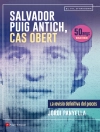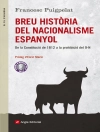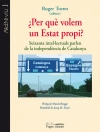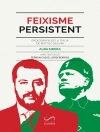This book is a comprehensive introduction to the relationship between communism (understood as an ideological, political, and social project) and culture, broadly defined as the field of aesthetic production. Communism was a global phenomenon, and the global civil war of the 20th century was, in more than one respect, a cultural war, which involved some of the most influential figures of the last century. The book highlights and explains the impact of political mythologies in the effiorts to transcend the “bourgeois” legacies and engage in a social, cultural, and anthropological revolution. The authors examine the interplay between utopian goals and cultural practices in fields such as literature, visual arts, film, and humanities in general.
Innehållsförteckning
Chapter 1. Communism and Culture.- Chapter 2. Stalinist Culture.- Chapter 3. De-Stalinization.-Chapter 4. Censorship.- Chapter 5. Counterculture.- Chapter 6. Picasso, the Most Celebrated Communist After Stalin and Mao Zedong.- Chapter 7. Mao’s Cultural Revolution.- Chapter 8. The Che Image.- Chapter 9. Epilog: What Remains? Of Dreams, Passions, and Ashes.
Om författaren
Radu Stern taught Art History at the University of Lausanne, Switzerland and was invited to teach at the University de Bourgogne, France, the University of Neuchâtel, Switzerland, and the University of Massachusetts, USA. Among his various research interests, the study of the European avant-garde is a privileged subject.
Vladimir Tismaneanu is Professor in the Department of Government and Politics at the University of Maryland, College Park, USA, and a Global Fellow at the Woodrow Wilson International Center for Scholars, USA. His most recent book, co-authored with Kate C. Langdon, is Putin’s Totalitarian Democracy: Ideology, Myth, and Violence in the Twenty-First Century (2020).












